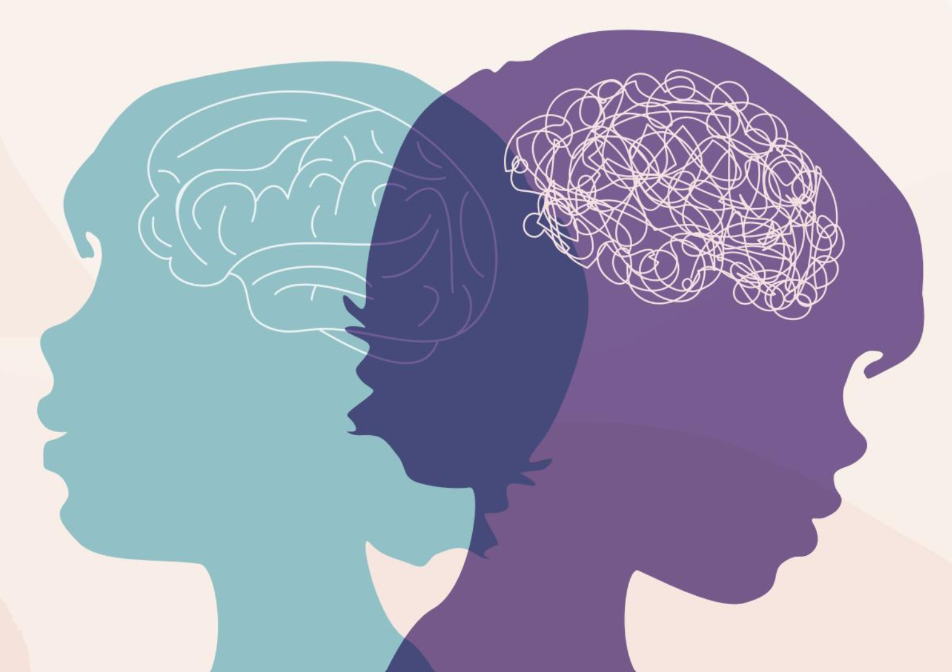The Center for Disease Control (CDC) estimates that one in six children ages two to eight in the United States has a diagnosed mental, behavioral, or developmental disorder. In the United Kingdom, we also know that 75% of mental illnesses start before the age of 18.
It’s clear that – just like adults – children also struggle with their mental health.
While we may not be able to eliminate all of our children’s mental health challenges altogether, there are ways that we can support them.
One of the best ways we can do that is by proactively opening up the lines of communication. By exposing kids to the basics of mental health from an early age, we can help them:
Understand that mental health challenges are normal
Feel comfortable and safe when opening up to others
Better prepare themselves for future mental health challenges
Talking About Mental Health with Children: 5 Practical Tips
So how can we speak to kids about mental health? It isn’t always easy (especially for adults who didn’t grow up talking about mental health with their own parents) but it’s possible! Here are five practical tips to consider.
Draw upon a medical analogy
If you have an ear infection, your ear is not draining properly. If your arm is broken, the bone needs care to get it back into alignment.
Similarly, if your brain is struggling, it needs appropriate care to get back to a good place. The brain is responsible for feelings, thoughts, etc. If the brain is off-balance, it needs care – just like any other medical issue.
Use concrete language that is easy to understand
Take a look at the following example to explain how a panic attack might feel.
“If you’re riding your bike, and a vehicle races by you and barely misses you, your heart will be pounding. You might feel nauseous. Your hands might feel sweaty. It is a normal response to your body feeling threatened. A panic attack feels the same way. If your body or mind feels threatened, it will react.”
Explain to your child that the potential “triggers” for the panic attack may vary from person to person, but the physical “feelings” and “symptoms” are similar.
Have frequent conversations
As one goes through the seasons of life, it is normal for symptoms to come and go, as well as change in severity. For example, after losing my father, my depression has flared up. However, it is not always so bad. As my circumstances change, so does my mental health. By having conversations frequently with children, it can help them to understand that mental health status and issues can change frequently, based on a number of factors in our lives.
Discuss self-care and prevention
Speak often and freely about your own self-care and model how to cope effectively with mental health challenges. I do not function well when I am exhausted…it tends to put my anxiety into overdrive. My oldest is the same way. We have frequent conversations about the role that sleep plays in how severe our anxiety is, and I attempt to model a healthy sleep routine for her.
Finally, do not be afraid to ask about suicide
It’s common to be afraid that asking your child about suicide will “give them the idea.” This is not true. You can’t make someone consider suicide by asking them about it. You can, however, save a life by asking. Someone considering suicide may feel considerable relief by someone caring enough to ask. Many who attempt suicide are not looking for death. They are really looking for relief from emotions that they do not feel equipped to cope with.

